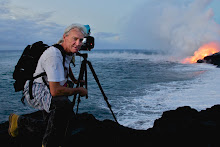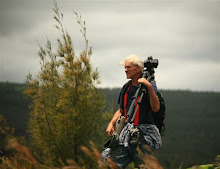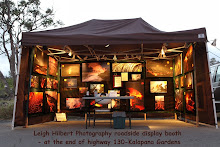
The photo here I took out at the Waikupanaha ocean entry lava viewing area during a particularily explosive day/night.
Many years ago I was very impressed to learn the geology behind the creation of the Hawaiian Islands. What I learned was that every island and atoll in a line fifteen hundred miles southeast to northwest across the mid-pacific ocean was created by a magma Hot Spot. I am writing this Lava Daily near the center of this very Hot Spot, which is what inspired me to share the ongoing changes created by this incredible geology.
The long line of islands reflects the progressive movement of the Pacific Plate over a deep immobile hot spot. This hot spot partly melts the region just below the overriding Pacific Plate, producing small, isolated blobs of magma. Less dense than the surrounding solid rock, the magma rises buoyantly through structurally weak zones and ultimately erupts as lava onto the ocean floor to form volcanoes.
Over a span of about 70 million years, the combined processes of magma formation, eruption, and continuous movement of the Pacific Plate over the stationary hot spot have left the trail of volcanoes 1,500 miles across the ocean floor that we now call the Hawaiian-Emperor Chain or Hawaiian archipelago.
The local Hawaii part of this is nicely explained by Genny Anderson, where she explores the Hawaii Pacific Plate Tectonics and lava producing Hot Spot and has some good accompanying photos and drawings.
Lava continues pouring into the ocean at Waikupanaha today.
Surf along our east & southeast shores has dropped a lot. Yesterday, Sunday, some occasional 6-foot+ sets came through and surfers did there best to catch these windblown waves.
From the SE, bands of light rain showers continue wandering over the island today; winds are light from the East/southeast.










No comments:
Post a Comment